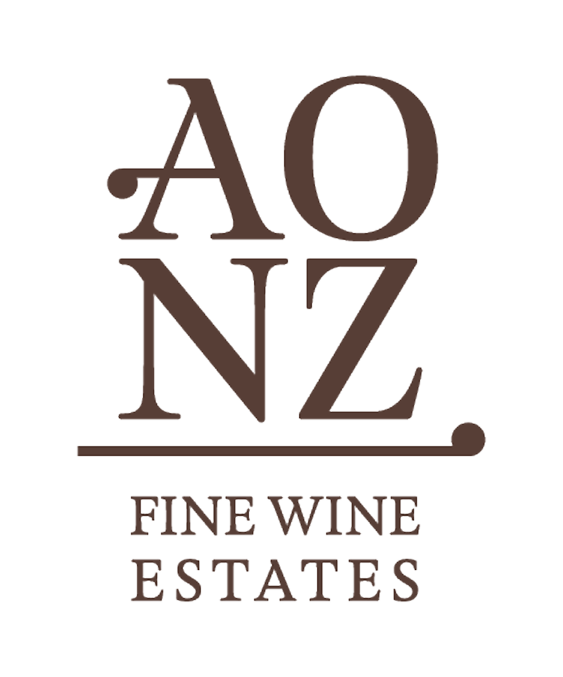Following the release of our one-off Smith & Sheth CRU Waitaki Chardonnay last month, we wanted to chat about this region’s specialness with someone close to the source. Who better than Grant Taylor, founder of Valli Wine who reflects on two decades of working in one of New Zealand’s most marginal winegrowing regions – and why Waitaki’s story is only just beginning.
“It’s like seeing the Rolling Stones at the Marquee Club in 1962,” says Grant Taylor of the Waitaki Valley. “The stadium shows are yet to come.”
The comparison is bold, but the conviction behind it is hard-earned. Taylor, one of New Zealand’s most celebrated winemakers, has spent the past two decades coaxing fine wine from one of the country’s most marginal regions – a place where risk meets rare reward.
Located in the South Island’s North Otago district, the Waitaki Valley has always existed on the fringes. Viticulture began here in the early 2000s, with vines planted on limestone-rich soils shaped by glacial rivers and framed by a cool maritime climate. Geographically remote, climatically extreme, and historically overlooked, it wasn’t the obvious next frontier for fine wine in New Zealand. But that’s exactly what drew Grant to it.
Taylor, already well established in Central Otago, was among the first to see potential in Waitaki. “It is a thrill being at a frontier,” he says of his experience in Central Otago in the early 90s. “To experience this once felt like a blessing, to be able to do it twice was something to be fully embraced.”
Born in Kurow, a small town of fewer than 400 people in the Waitaki District, his connection to the area wasn’t sentimental so much as geological. “Personal connection really had no part to play in the attraction… Although now I do feel a personal connection and feel more at home here than anywhere else. I think winemaking here has given that to me.”
What followed was years of experimentation, perseverance, and a good dose of weather-watching. “It’s like the fruit has to be dragged across the ripeness line,” he says, referencing the long, slow harvest windows. Spring frosts, variable flowering, and tiny yields are part of the package – but for those willing to stick with it, the rewards are extraordinary.
Those early vintages, he recalls, were both baffling and exhilarating. Berry sizes, bunch morphology, even stem-to-fruit ratios were unlike anything he’d seen, even in the cooler parts of Central Otago. But doubt never really crept in. “We started to get glimpses of how good the wines could be in the early vintages,” he says. “There was too much fun to be had to ever question fine wine production.”
 The Valli vineyard in Waitaki, North Otago
The Valli vineyard in Waitaki, North Otago
For Taylor, the defining characteristics of a great Waitaki wine start with the aromatics. “They are never shy on the nose, very overt and open, full of aromas.” There’s a vivid energy, he says, a sense of wines that feel alive. “The core of the wine is the region's acidity, giving them drive and great length, carrying flavours through the palate.”
Pinot Noir put Waitaki on the map, with its distinctive aromatic lift, natural acidity and delicate tannin structure. But Chardonnay is increasingly staking its claim. “Chardonnay exemplifies that [defining] character the most,” notes Taylor. “They can be bright with clean acidity and mineral salinity, uncluttered by overripe fruit. I think the most relatable comment I have heard was from a wine writer who described it as ‘crystalline.’ There is a purity and transparency to the Chardonnays, though unlike crystal itself, the wines aren’t at all fragile.”
Still, no one is pretending Waitaki is an easy place to grow grapes. Average Pinot Noir bunch weights in Taylor’s vineyard are around 60 grams. “It’s barely viable, economically,” he admits, “but the resulting wines have an energy and vitality that makes it worth it.” Over time, the vines have come to adapt. “They seem to understand where they are and know what needs done to produce better than they did when younger.”
Waitaki’s wines remain under the radar internationally, but that is slowly changing. “I see a slightly similar perception change in Waitaki as we saw in Central Otago many years ago,” says Taylor. “At first it was commented that the early pioneers were certifiable bordering on crazy… I remember being at a Pinot Noir workshop and one of our wine writers saying the South Island would never make a decent red wine.”
Despite the progress, Taylor doesn’t believe the region has found its voice yet. “We aren’t even into the chapters yet; we are still in the middle of the introduction. It’s been one long introduction. But a great story needs one.”
Natalie Grace, Brand & Marketing Manager
Pyramid Valley, Smith & Sheth, Lowburn Ferry
Aotearoa New Zealand Fine Wine Estates
Smith & Sheth CRU Waitaki Valley Chardonnay 2023 is a single release wine from the special limestone soils of the Waitaki Valley in North Otago. Sourced from two distinct vineyards, it is a wine that embraces its richness and dramatic energy – perfect with fried seafood or smoked fish pie with lemon.

